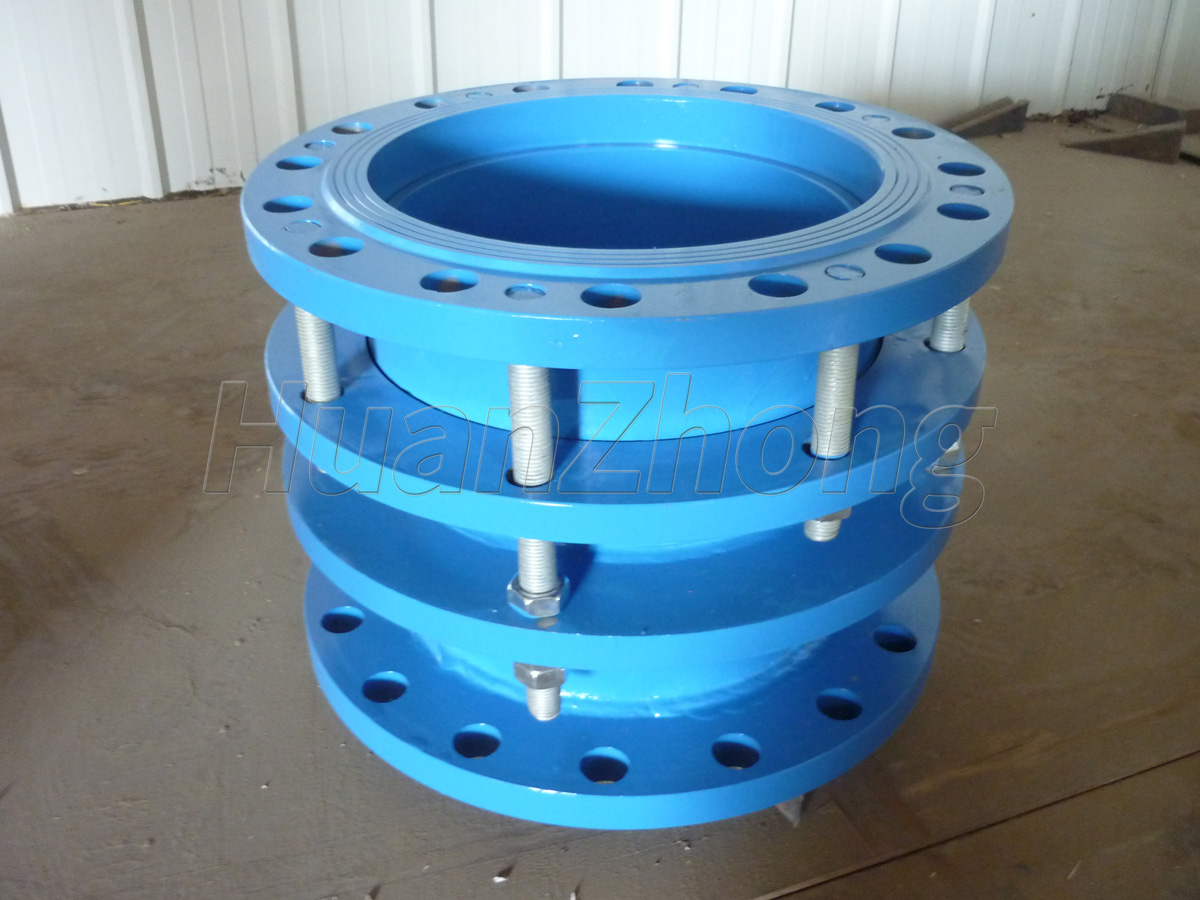The role of double flange limit expansion joint seals.
The role of double flange limit expansion joint seals. Double flange limit expansion joint seals play a crucial role in various piping systems and applications. In this article, we will explore the significance and benefits of using double flange limit expansion joint seals.
Sealing and Leakage Prevention: The primary role of double flange limit expansion joint seals is to provide an effective sealing solution for pipe joints. These seals are designed to prevent leakage of fluids, gases, or any other medium that flows through the pipeline. The double flange design ensures a secure and tight seal, reducing the risk of leakage and minimizing the potential for environmental contamination or damage to equipment.
Expansion and Contraction Compensation: Piping systems often experience thermal expansion and contraction due to temperature fluctuations. Double flange limit expansion joint seals are specifically designed to accommodate these movements. They can absorb and compensate for the expansion and contraction, thereby reducing the stress on the system. This helps to prevent damage to pipes, valves, and other components, ensuring the integrity and longevity of the overall system.
Vibration and Noise Mitigation: Another important role of double flange limit expansion joint seals is to dampen vibration and reduce noise in piping systems. When fluids or gases flow through the pipes, they can generate vibrations that may cause excessive noise, discomfort, and potential damage to nearby structures. The flexible nature of these seals allows them to absorb and dissipate these vibrations, resulting in a quieter and more comfortable operating environment.
Alignment and Misalignment Compensation: Piping systems can often encounter misalignment issues due to various factors such as settling, ground shifts, or uneven installation. Double flange limit expansion joint seals are designed to compensate for these misalignments and facilitate proper alignment between pipe sections. This helps to maintain the overall stability and functionality of the system, preventing undue stress on the pipes and reducing the risk of failure.
Corrosion Protection: Double flange limit expansion joint seals are typically made of high-quality materials such as rubber or elastomers, which offer excellent corrosion resistance. This is especially important in applications where the pipeline comes into contact with corrosive substances or environments. The seals act as a protective barrier, preventing direct contact between the corrosive medium and the metal components of the system, thereby extending their lifespan and reducing maintenance costs.
Easy Installation and Maintenance: Double flange limit expansion joint seals are relatively easy to install and maintain. They can be installed in various orientations, allowing for flexibility and ease of connection between pipe sections. Additionally, their simple design and construction make maintenance and replacement straightforward, minimizing downtime and associated costs.
In conclusion, double flange limit expansion joint seals play a vital role in sealing, compensating for expansion and contraction, mitigating vibration and noise, accommodating misalignment, providing corrosion protection, and facilitating easy installation and maintenance. Their usage helps ensure the integrity, efficiency, and longevity of piping systems, reducing the risk of leakage, damage, and downtime.
